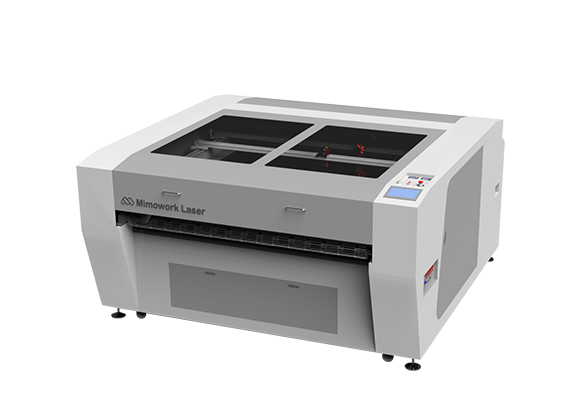Maximizing Your Laser Cutter: Tips for Cutting Thick Wood with Precision
Cutting Through Boundaries:
Exploring the Diverse Applications of Laser Cutting
Laser cutting has emerged as a groundbreaking technology with wide-ranging applications and a significant impact across various industries. Its precision, versatility, and efficiency have transformed the way materials are processed, revolutionizing fields such as manufacturing, architecture, fashion, and art. With its ability to cut through a diverse range of materials with utmost precision, laser cutting has become a driving force behind innovation and has opened up a world of possibilities for designers, engineers, and creatives alike.

What can you do with a laser cutting machine?
In addition to the above applications, laser cutting can also be used for welding, surface treatment, mold manufacturing, and other fields. With the continuous development of laser technology, the applications of laser cutting in various industries will continue to expand and innovate.
Classification of Laser Cutting Machines
What are the measurement standards for laser cutting quality?
Currently, the cutting quality of metal laser cutting machines is measured based on the following seven points:
1. Surface roughness of the processed material after cutting.
2. Size and quantity of burrs and dross at the cut edges of the processed material.
3. Whether the edge angle of the cut is perpendicular or if there is excessive slope.
4. Dimensions of the cut edge fillet when starting the cut.
5. Thickness of the stripe produced during cutting.
6. Flatness of the cut surface.
7. Cutting thickness with the same power and power source.

Flatbed Laser Engraver 100
Flatbed Laser Engraver 100
Flatbed Laser Cutter 130

Flatbed Laser Cutter 130L
Chat with us !
Maintenance and cleaning for your laser cutter
Proper maintenance and cleaning are essential for ensuring that your laser cutter operates at its best. Regular cleaning of the laser lens and mirrors is essential for maintaining the quality of your cuts. It’s also important to clean the cutting bed regularly to prevent debris from interfering with the cutting process.
It’s a good idea to follow the manufacturer’s recommended maintenance schedule for your laser cutter to ensure that it continues to operate at its best. This may include replacing filters, checking belts and bearings, and lubricating moving parts.
Safety precautions when using a laser cutter
It’s essential to take proper safety precautions when using a laser cutter. Always wear protective eyewear and gloves when operating the machine. It’s also important to ensure that the laser cutter is properly ventilated to prevent the buildup of harmful fumes.
Never leave the laser cutter unattended while it’s in operation, and always follow the manufacturer’s recommended safety guidelines.

